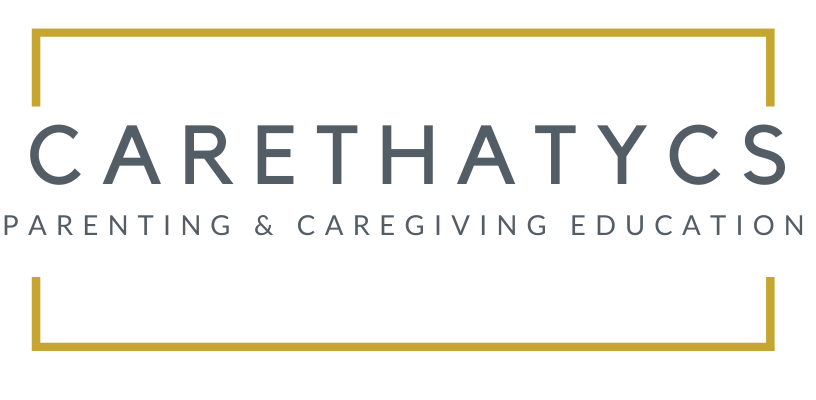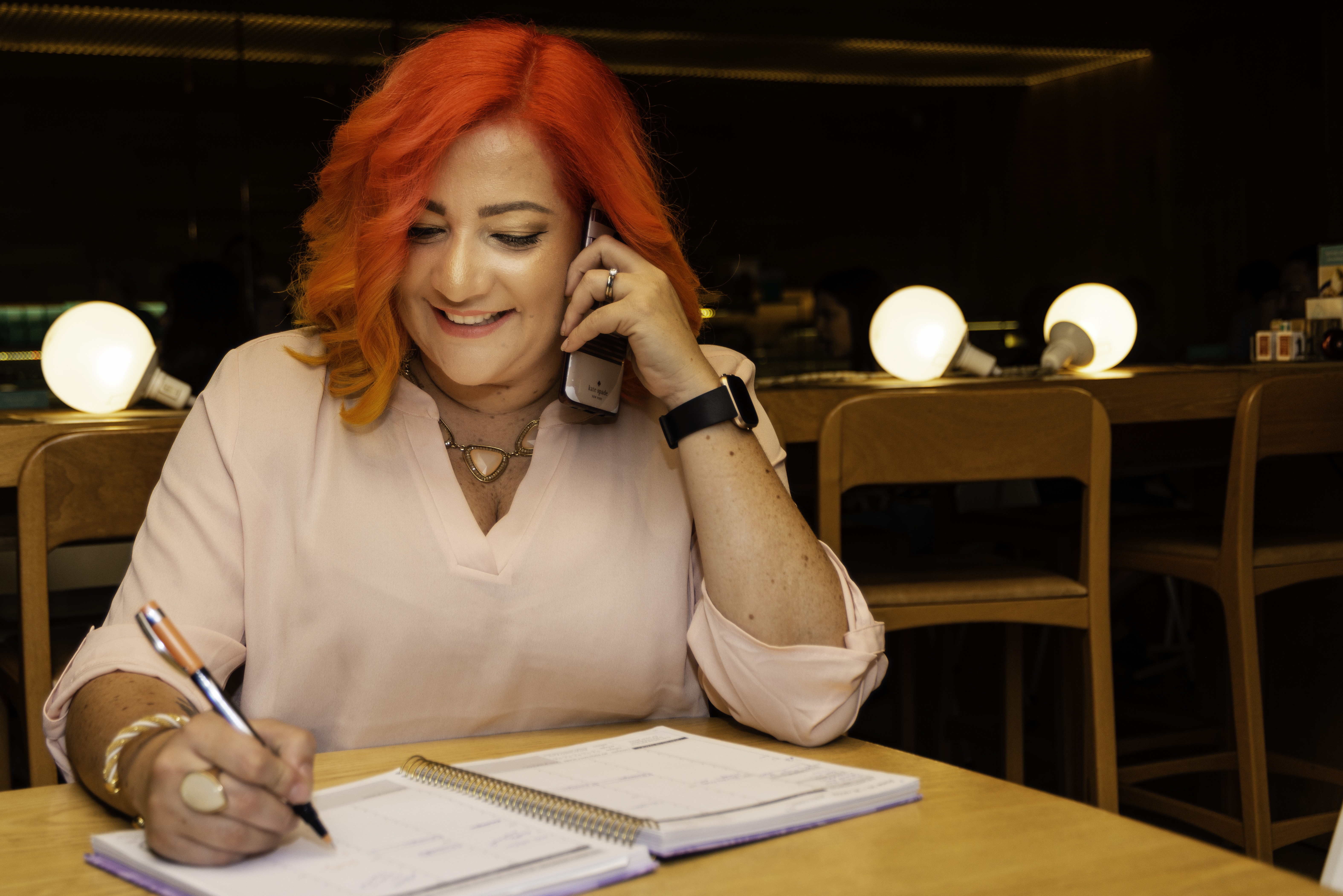One of the little addressed topics when we talk about newborn care is umbilical cord care, and we know that most first-time parents are a bit intimidated by it if they are doing things right or not. The umbilical cord is not difficult to take care of, but it has a process; it is necessary to heal, dry, and then let the stump fall safely. So, realizing this apprehension, I decided to write this text about the proper care that must be taken with the baby’s umbilical cord. The following tips will help you protect the umbilical stump:
- At every diaper change, be aware, especially in the area where the umbilical cord is and around it. Clean well so that no accumulated residue is left, and the region is not humid. Clean it gently – cotton-tipped applicators are suitable for this. Don’t worry if it hurts, as there are no nerve endings in the umbilical stump.
- Let the umbilical stump open to air as much as you can. Oxygenation on it will help to heal and dry faster.
- Do not let the diaper press on the stump of the umbilical cord – try to avoid as much as you can. Fold the top of the diaper down or, if using disposable diapers, choose the ones that have notches on the top.
- Do not remove the cord stump, let it fall voluntarily. In the past, it was suggested to rub the stump with alcohol until it fell. Today, studies show that drying naturally and letting it fall by itself is the best.
- Some babies are born with the belly button in, others out. I have heard of parents using coins, bandages, or handkerchiefs to cover the navel area and place it inside, thinking that it can change the natural shape of the belly button that the baby was born with it. Please know that none of this works and can still irritate the region even more, making healing difficult.
- While the newborn still has the umbilical cord, it is recommended to wet the cord stump quickly with a sponge (or cotton ball) instead of submerging it. After the cord falls, then you can bathe your baby in the bathtub.
Identifying warning signs
- Observe if the cord releases any secretion, if it releases yellow pus, for example, either has a bad smell, or if the surrounding area becomes a little red and swollen, these are signs that the cord is infected. In this case, it is recommended to see a doctor.
- The area may also be red due to the dryness of the cord stump, which may be irritating the baby’s skin. In this case, the ideal is to check if it is, in fact, the case. Mark the region that is red and gently move the stump so that it comes out of that irritated region. Wait for 30 to 60 minutes and recheck the region. If it remains with the redness and, especially, if it goes beyond that area, then, you should ask your baby’s pediatrician for help immediately. Otherwise, it was just irritation of the stump and will disappear on its own in a short period of time.
- Sometimes, small amounts of blood can come out of your little one’s navel, but this is normal, as little veins are separating. If you see bleeding, try to press the area a little. But if you do apply pressure and the bleeding persists for about five to seven minutes of you pressing it, the ideal is to see a doctor.
- After the umbilical cord falls, you may feel a red, moist lump near the area where the umbilical cord fell; that lump may grow a little more and continue to drip a little. This little thing is called the umbilical granuloma. The pediatrician is able to treat it within a few visits by applying a substance called silver nitrate.

